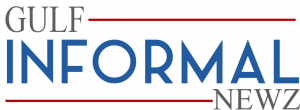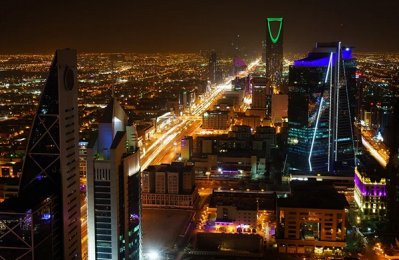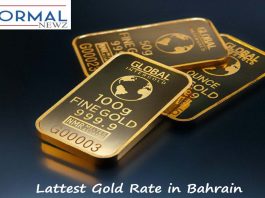The macro-economic conditions in Saudi Arabia are improving, with the spending in the local market, especially in the retail, transport, health, and food & beverages segments continuing to support the economy, a report said.
Saudi Central Bank’s April statistics looks healthy, added the report by said Al Rajhi Capital, a leading financial services provider in the kingdom, noting that POS transactions continued its uptrend, advancing 142.1% year-on-year (y-o-y) in April.
POS transactions were primarily driven by increase in ‘Clothing & Footwear’ (+793.2% y-o-y), ‘Transportations’ (+360.0% y-o-y) and ‘Restaurants & Hotels’ (+307.3% y-o-y) segments.
Credit to the private sector increased 15.6% y-o-y in April 2021, while bank claims on the public sector increased 11.5% y-o-y and the deposits grew by 9.0% y-o-y in April 2021. This helped money supply M3 to expand 8.3% y-o-y in April 2021, supported by M1 (+9.5% y-o-y) and M2 (+6.7%).
Further, the banking sector’s net profit before zakat and tax rose (+31.8% y-o-y) to SR4.383 billion ($1.16 billion) in April 2021 as compared to the increase of 13.8% y-o-y in March 2021. Moreover, growth in mortgage continued with 82.1% y-o-y rise in April 2021, driven by House and Apartment mortgages, which grew 78% y-o-y and 127% y-o-y, respectively; while LDR came in at 77.4% in April 2021.
Meanwhile, Saudi Central Bank’s foreign reserves fell 1.8% y-o-y in April 2021 (-5.2% y-o-y in March 2021). According to flash estimates by GASTAT, the seasonally adjusted real GDP of Saudi Arabia recorded a negative growth rate of -0.1% in Q1 2021 with respect to the fourth quarter of 2020.
This slight negative growth rate was mainly due to the decline in oil activities by 5.1% as a result of additional crude oil production cuts started by February 2021, while the non-oil activities and government service activities recorded a positive growth of 4.0% and 0.5%, respectively. Furthermore, Saudi Arabia’s population grew by 2.3% to 35.01 million last year from 34.22 million in 2019, according to GASTAT preliminary estimates in the middle of the year 2020.
Q1 2021 Budget: Saudi Arabia’s Ministry of Finance announced the Q1 2021 budget. In Q1 2021, the budget deficit declined by 78% to SR7.4 billion from SR34.1 billion in Q1 2020. Total actual revenue reached SR204.8 billion, a rise of 7% y-o-y. Oil revenue hit SR116.6 billion, while non-oil revenue stood at SR88.2 billion. Total expenditures stood at SR212.2 billion, a decline of 6% y-o-y.
Further, oil exports increased by 75.0% y-o-y; while non-oil exports increased 42.9% y-o-y in March 2021. Non-oil exports segment-wise: “Plastics & Rubbers” increased by 57.8% y-o-y, accounting for ~33.6%, “Chemical Products” rose by 28.5% y-o-y, accounting for ~27.9% of total non-oil exports. Further, merchandise imports increased by 14.0% y-o-y in March 2021. This increase was due to the rise in many sectors compared to March 2020, mainly ‘vehicles and associated transport equipment’ (+30.3%) and ‘pearls, precious stones, imitation jewellery’ (+354.9%).
Meanwhile, the cost of living index remained in the positive trajectory and increased by 5.3% y-o-y in April 2021 (+4.9% y-o-y in March 2021), mainly driven by a rise in VAT from 5% to 15% in July 2020. Major support came from two segments, ‘Food and Beverages’ (+8.4% y-o-y) and ‘Transport’ (+14.9% y-o-y).
The rise in ‘Food & Beverages’ was mainly due to the increase in food prices (+8.3%), in particular, the increase in prices of ‘Meat’ (+9.7%) and ‘Vegetables’ (+6.1%). Further, the increase in ‘Transport’ prices was mainly due to the rise in prices of ‘Purchase of Vehicles’ (+10.3%). Further, remittances from Saudi nationals increased 67.3% y-o-y in April 2021 (+26.4% y-o-y in March); while remittances growth from non-Saudi national’s increased 35.6% y-o-y in April 2021 (+15.0% y-o-y in March).




